If you want to achieve your long-term financial goals, you’re going to need to save money. However, there are quite a few options when it comes to saving. Do you put your money in a traditional savings account? Do you opt for something unconventional, like a mutual fund? Or do you try a high-yield savings account? Let’s go over the differences and which one is best for your savings.
What’s a High-Yield Savings Account?
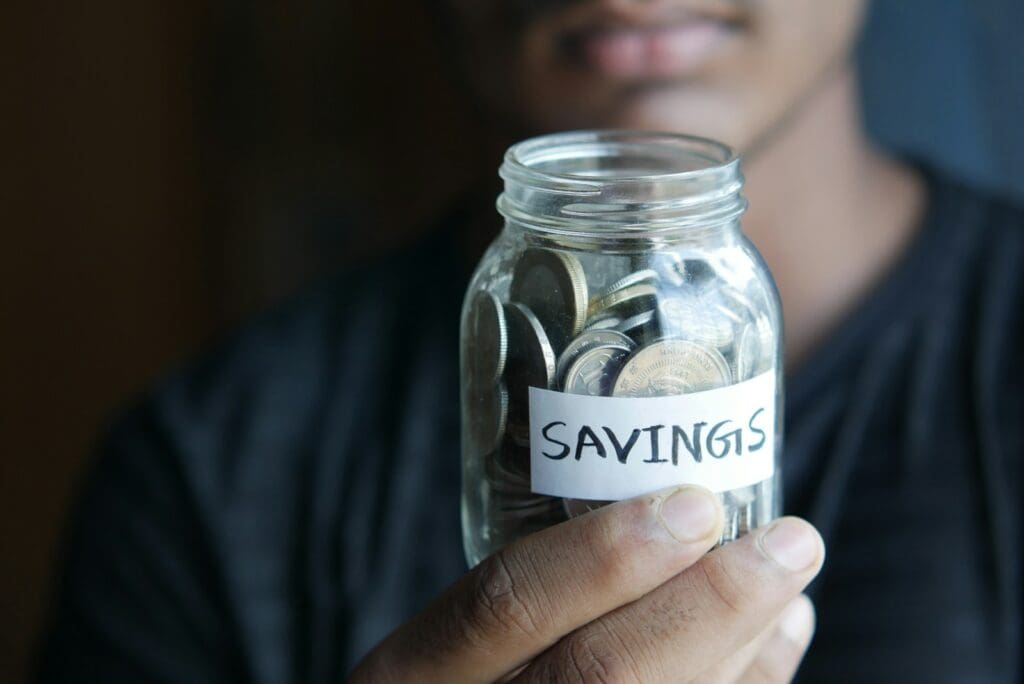
First, let’s discuss the basics. A high-yield savings account is a type of bank account that offers far higher interest rates for the money you’re saving than the national average. Often, these accounts can offer up to 25 times as much interest as other savings accounts. Sounds great, right? Naturally, there are pros and cons.
The Benefits

High-yield savings accounts offer a ton of interest for your money compared to other account types. This makes them basically perfect for short-term storage of your cash, which makes them distinct from something like a certificate of deposit, or CD. If you want to save up quickly for something like a small vacation or a looming medical bill, a high-yield savings account might be perfect.
The Drawbacks

On the other hand, there are other ways to save money that have even better interest rates than a high-yield savings account. The aforementioned CD, for example, requires you to keep your money inaccessible for longer, but locks in a (usually higher) interest rate. Once the term has passed, you can access your now-increased funds. This makes CDs better for long-term saving.
Things to Know

There are also a few unique wrinkles to high-yield savings accounts that you need to know about before you start sinking your savings into them. For one thing, they often have withdrawal limits, such as incurring fees if account holders make more than six withdrawals in a 90-day period.
Variable Rates

For another thing, high-yield savings accounts can have variable interest rates based on the current economic climate. This means that what looks like a great rate at first could actually shift while your money is still in your account, throwing off your savings math and potentially messing with your financial goals.
What to Look for in a High-Yield Account
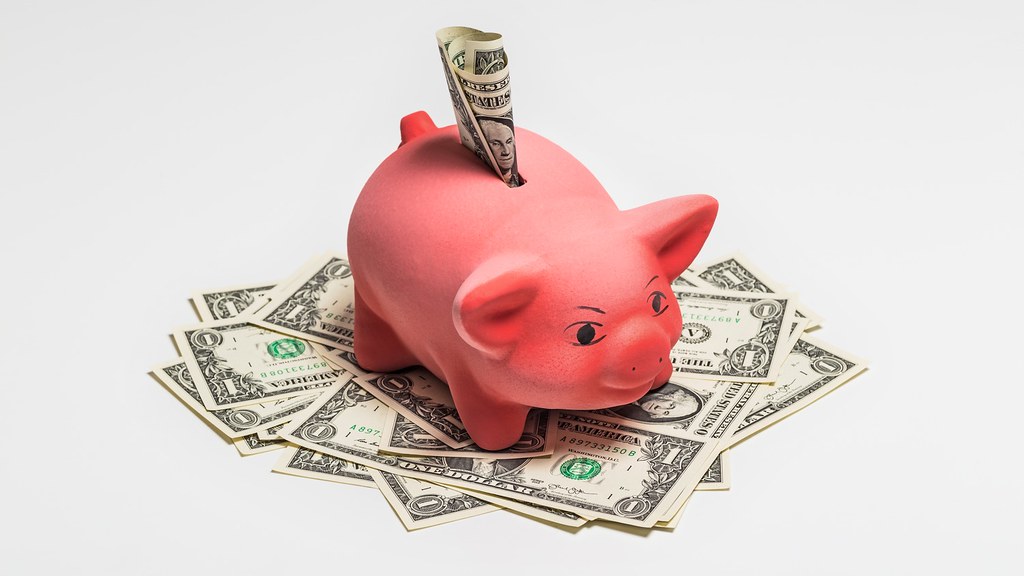
When you’re looking to save your money in a high-yield account, make sure you take the full picture into account. Don’t just pick the account with the highest interest rate. Often, suspiciously high interest rates are promotional rates that banks only offer for limited periods of time, so they’re not actually the best option compared to a lower but steady rate.
What to Avoid

If a high-yield savings account has any annual fees or minimum balances, you should just avoid it outright. There are plenty of financial institutions out there that offer savings accounts without these drawbacks, and you should do business with them instead. That might sound harsh, but your finances are too important for you to waste time with unserious banks.
Short-Term Solution
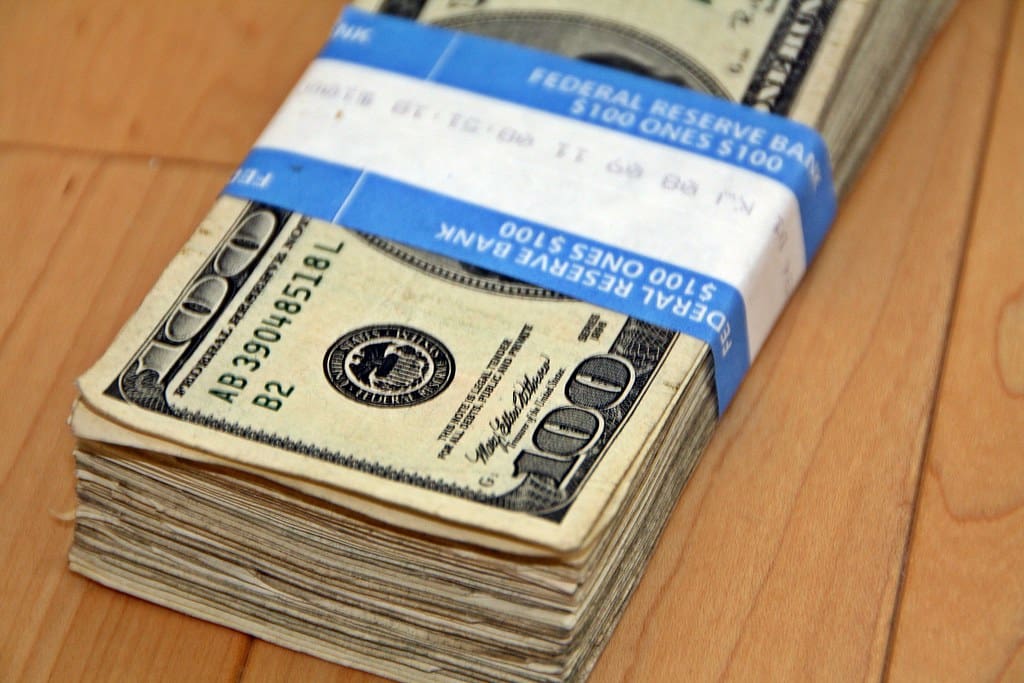
These factors mean that high-yield savings accounts are best when used as a short-term savings solution. In the long term, they don’t offer enough interest back to offset the average inflation rate, making them a poor store of value. If you’re looking for a store of value, there are better options out there.
Read More: Should You Save Money or Pay off Debt First?
Investments
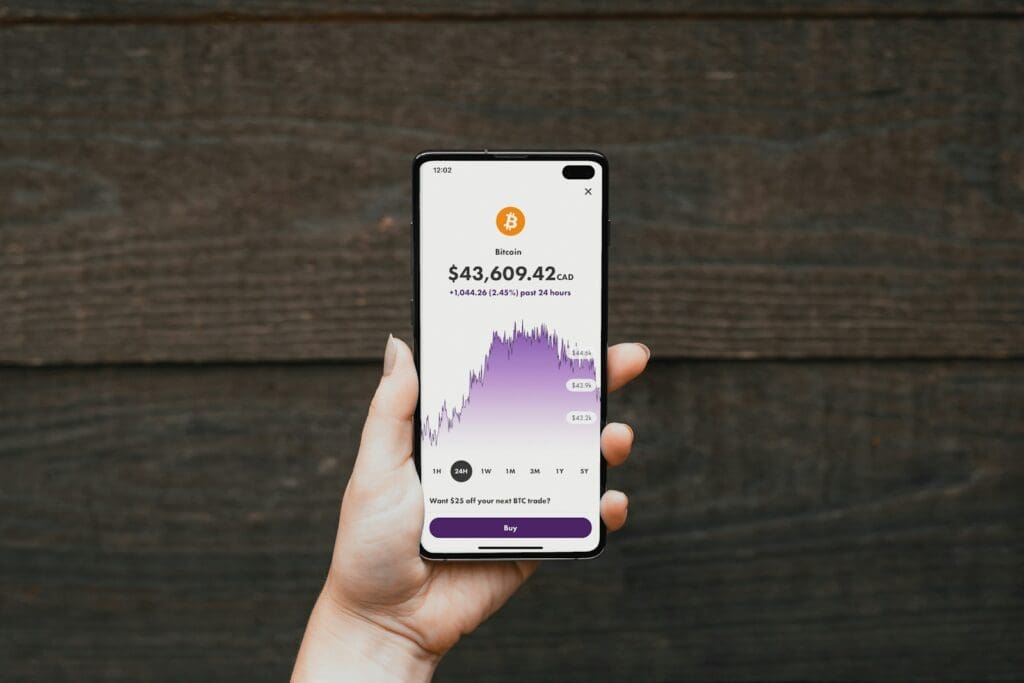
It might sound a bit daunting at first, but investing your money into the stock market can often be a better long-term store of value than a high-yield savings account. This isn’t for something like an emergency fund, but instead is better for long-term goals like a retirement fund or drumming up money to buy a car outright instead of having a car payment.
Read More: Top Tips for Saving for College
What to Invest in?
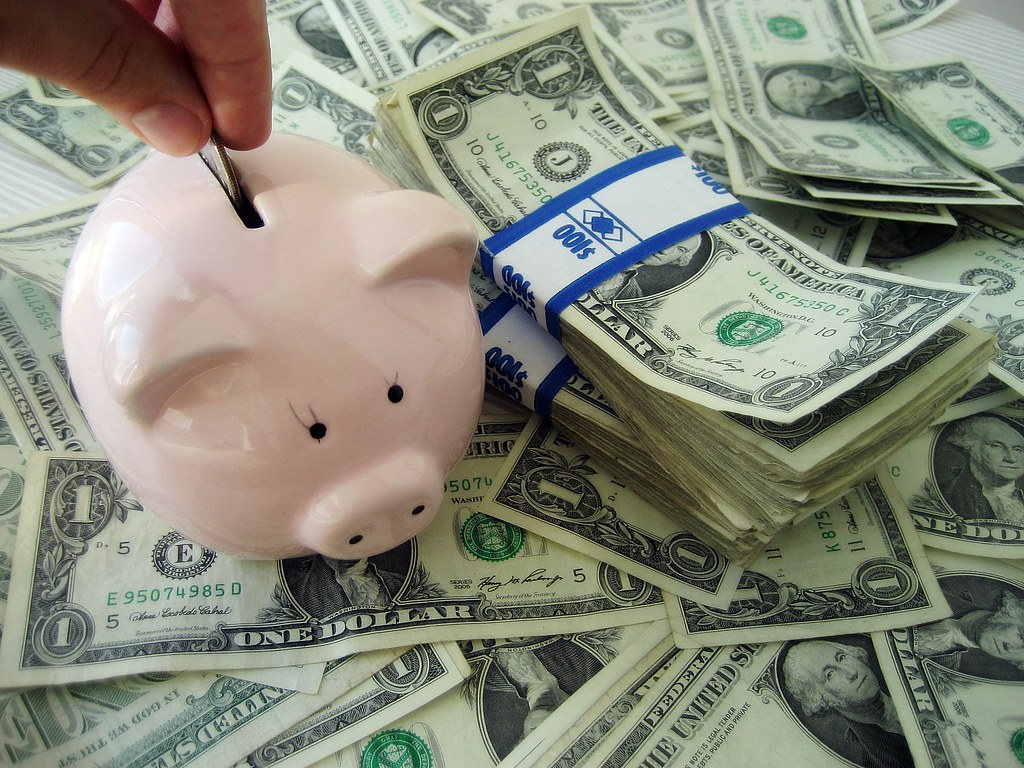
Investing in the stock market doesn’t have to be scary. If you’re looking to set up a retirement fund, just open a 401(k)! If you’re looking for other ways to manage your assets, you could look into things like mutual funds or curated stock portfolios that have already done the hard work for you. It doesn’t need to be scary!
Read More: 10 Things to Look for in a New Bank







